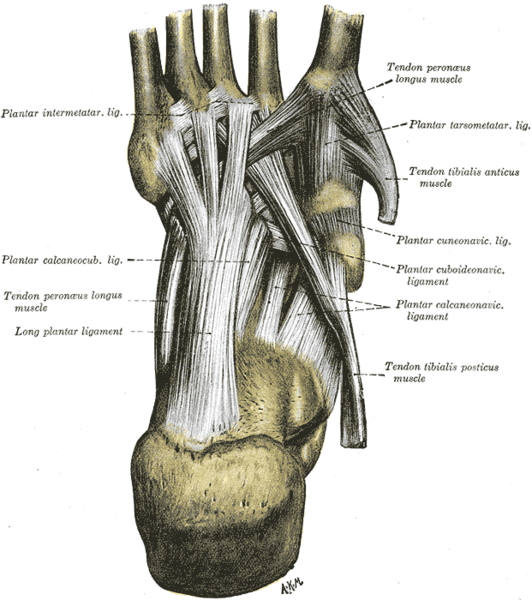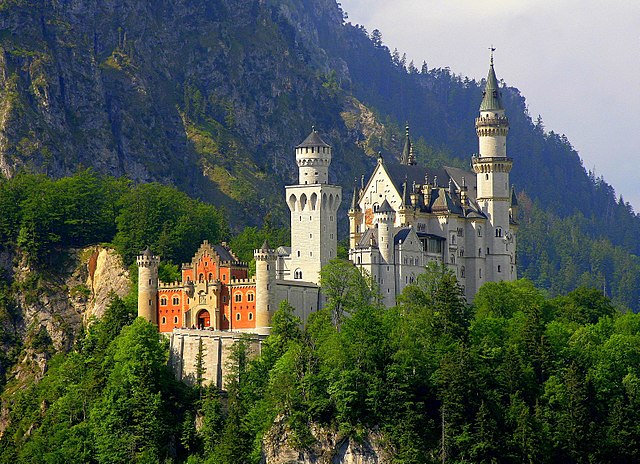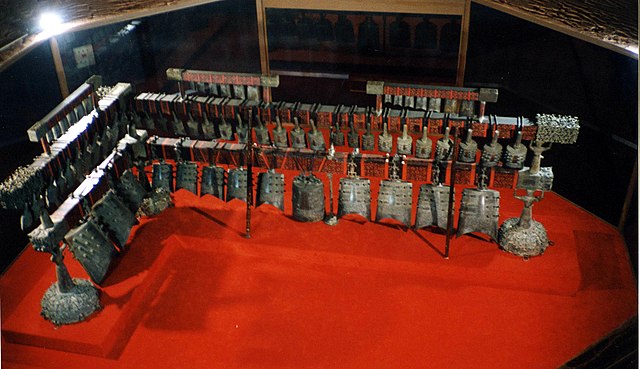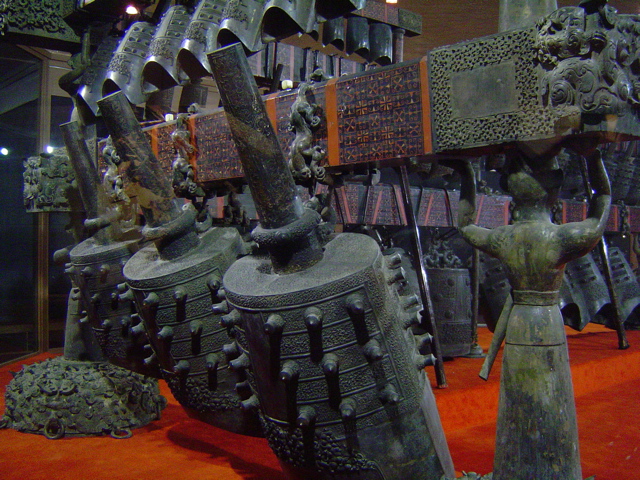We just learned about the Flamboyant Cuttlefish.
Another type of cephalopod is the Bigfin Reef Squid.
These squids get their name from the big fin on their mantle that goes all the way around it.
With their shape and the way they swim, sometimes people think they are cuttlefish.
They grow to around 13 inches in just a few months, and they only live for less than a year.
Their body has a lot of different colors, and can be white, yellow, pink, brown or purple.
Sometimes when light is shined on them their body will reflect white, green or red, but they do not glow in the dark like some other cephalopods.
Because these squids grow very fast, there are people out there who try to have squid farms in the ocean, almost like cows, chicken or pigs.


(from: wikipedia - bigfin reef squid)
Kid Facts - Blast from the past: Golden Poison Frog









